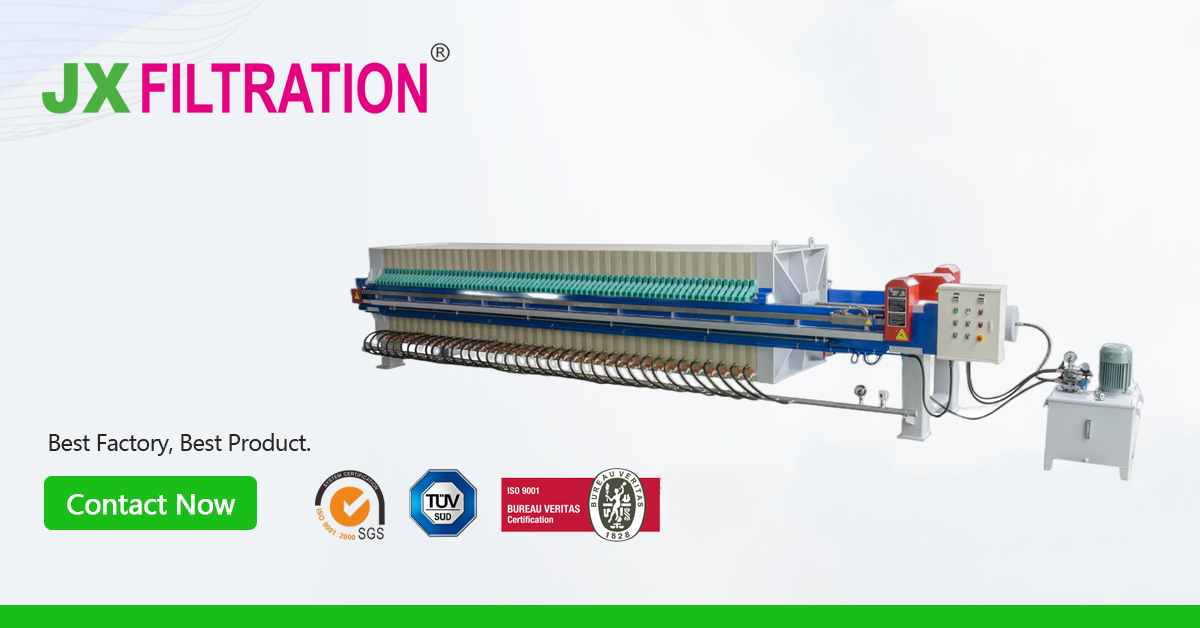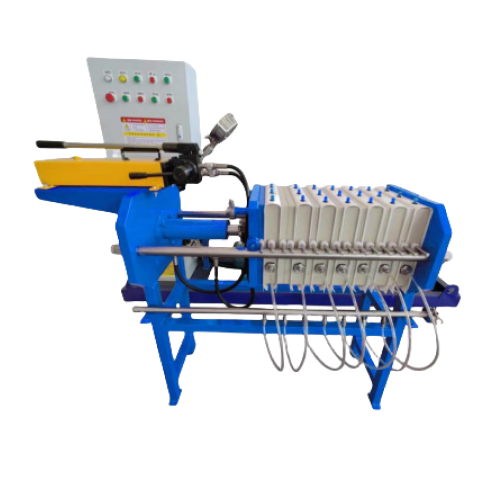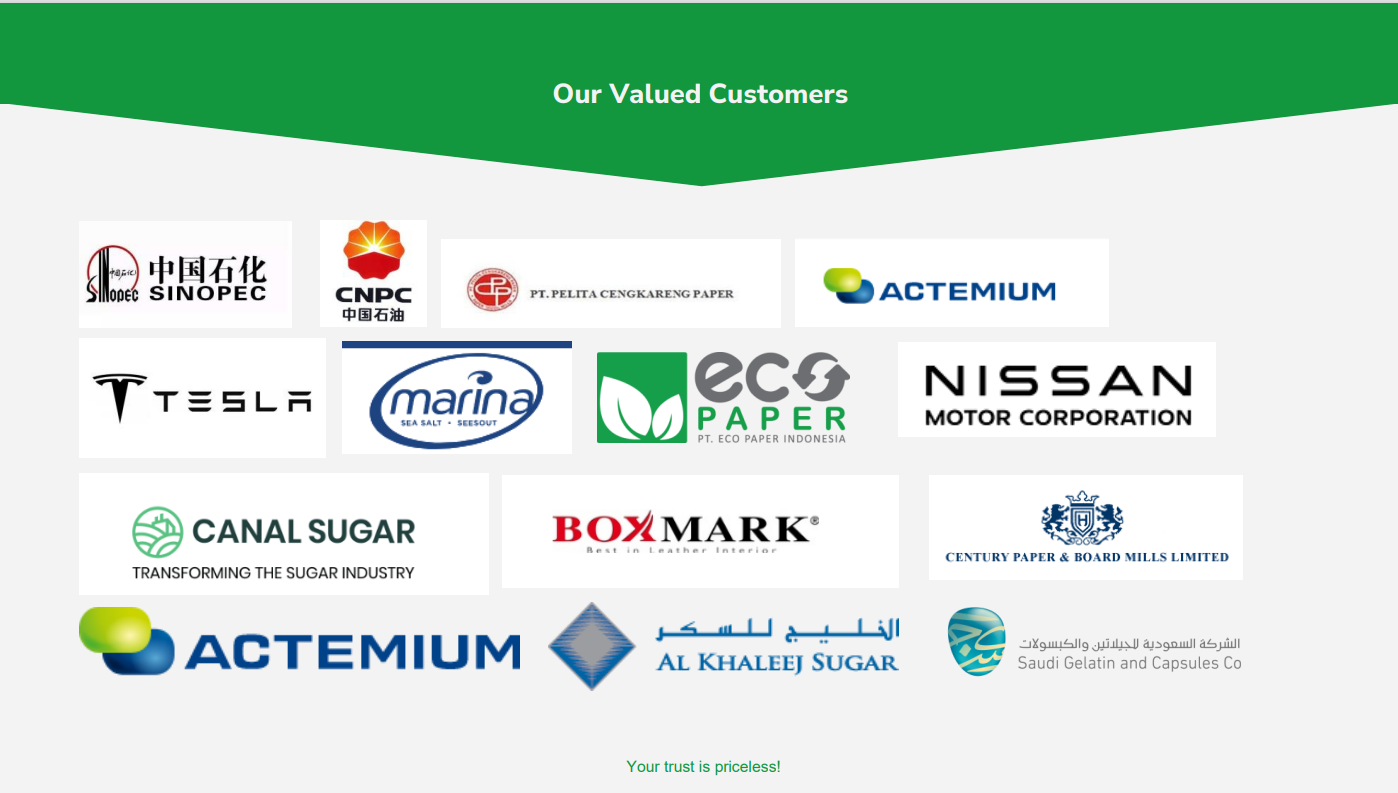What are the Main Features of Plate and Frame Filter Press?
The Plate and Frame Filter Press is a long-standing and widely used intermittent pressure filtration device. It utilizes filter plates, filter frames, and filter cloth as its core filtration media, separating solids and liquids in suspensions under pressure.

The following are its key components and main features.
1. Core Components:
- Filter plates: Typically solid flat plates with grooves or furrows on their surfaces, they support the filter cloth and guide the filtrate outflow.
- Filter frame: Located between the two filter plates, it contains a hollow frame. The suspension is pumped in through this frame. The thickness of the green frame determines the final thickness of the filter cake.
- Filter cloth: Covering the filter plates and filter frame, it is the actual filtration medium. Solid particles are trapped on the filter cloth surface, forming a filter cake, while liquid passes through the filter cloth and becomes filtrate.
- Head and tail plates: Located at each end of the filter press, they secure the entire filter unit.
- Clamping device: Presses the filter plates, filter frame, and filter cloth together to form a sealed filter chamber.
- Frame: The structure that supports the entire device.
2. Main Features:
- Simple Structure: Relatively easy to manufacture, install, and maintain.
- Flexible Operation: Filtration pressure, cake thickness, and washing method can be flexibly adjusted according to material characteristics.
- Wide Adaptability: Capable of processing suspensions with a wide range of particle sizes, it is particularly suitable for materials with high solids concentrations, coarse particles, and the need for thicker filter cakes.
- Large Filtration Area: The filtration area can be easily increased by increasing the number of filter plates and filter frames.
- High Filtrate Clarity: Using the appropriate filter cloth can produce very clear filtrate.
- Relatively High Cake Moisture Content: Compared to some modern continuous filter presses, the final cake may have a slightly higher moisture content.
- Intermittent Operation: Each filtration cycle includes feeding, filtration, washing, unloading, and plate closing, resulting in relatively low production efficiency.
- High Labor Intensity: Traditional plate and frame filter presses require significant manual intervention in operations such as unloading, cleaning the filter cloth, and closing the filter cloth, but this has been improved in modern, highly automated models.
- High Sealing Requirements: Insufficient clamping force or damaged filter cloth can easily lead to material leakage.

A plate and frame filter press utilizes pressure to separate solids and liquids through a filter cloth within a chamber formed by alternating filter plates and a filter frame. Its advantages include simple structure, flexible operation, strong adaptability, and scalable filtration area. It plays an important role in numerous industrial fields, particularly those requiring high solids content, large filtration areas, and intermittent operation. While its automation and dehydration efficiency are not as high as those of some newer filter presses, its classic design and wide adaptability make it an indispensable piece of equipment for solid-liquid separation.

Any requirements, contact us now!
Nina
Email: nina@filtrationchina.com
Mobile/Whatsapp/WeChat:+86 172 6957 1060

